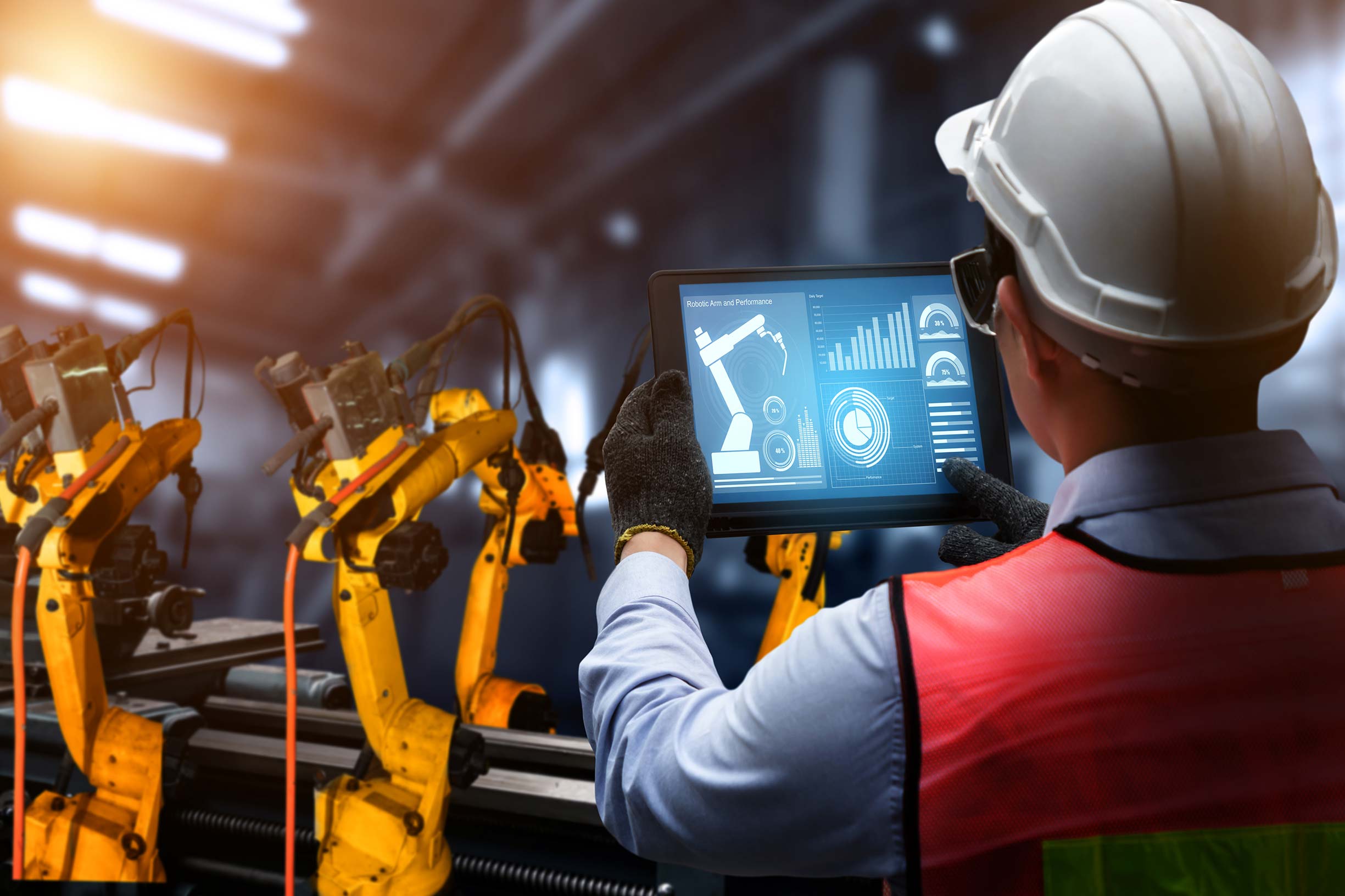
Rapid advances in construction-related technology are helping many industrial contractors respond to long-standing industry problems such as labor shortages, jobsite to office communications and more. From advanced BIM to drone surveying and robots, the industry is poised for changes that will forever alter the way things get built.
Augmented Reality
The ability to visualize anything from a building component to a completed project is another trend that will positively affect construction in the coming years. The technology is still in its early stages, but rapid advances and falling hardware prices will make it more attractive to construction firms seeking to lower costs and improve productivity.
Automated Equipment
Labor shortages are especially acute in the skilled trades. Facing tight production schedules with reduced manpower, many firms are increasing their investment in machine automation. Automated equipment such as saws, tube benders and beam processors help produce more products with less labor, increase efficiency and avoid process bottlenecks.
Building Information Modeling (BIM)
BIM is the latest thing in construction, right? Actually, today’s BIM is the great-great-grandchild of a computer program called Pronto, the first computer-aided manufacturing (CAM) program, created in 1957. 1963 saw the release of the first computer-aided design (CAD) program called Sketchpad, which broke ground for human-computer interaction and contributed heavily to development of the computer graphics critical to clearly communicating project details. From these humble beginnings, today’s BIM spans the complete project scope, including:
- 3D BIM, which uses spatial dimensions to enable virtual visualizations, clash detection and material scheduling.
- 4D BIM adds the element of time to 3D representations, improving collaboration, communications, and verification and revealing potential bottlenecks.
- 5D BIM integrates cost into the mix, so that changes in design and other factors are immediately reflected across project financial datasets.
Cloud-Based Collaboration
As construction project complexity increases, effective communications become more critical to project success. Storing and accessing the massive amounts of data associated with construction projects is a natural fit for cloud capabilities, making shared project data available to teams and individuals regardless of their physical location.
Digital Twins
The ability to virtually build something before breaking ground is the hallmark of today’s digital twins. In much the same way as spreadsheets, digital twins capture changes in project data to update virtual representations of projects throughout the lifecycle. The combination of BIM and integrated digital twins has the potential to significantly improve project performance and workflows while reducing errors and rework.
Drones
Before the advent of commercial drones, site and project surveys took days to months to complete. Drone technology now makes it possible to complete surveys in a matter of hours and can interface with digital twins to give near real-time updates to as-built versus design.
Modular Construction
Another area that will see significant growth in coming years is off-site prefabrication of project components. Already a common feature in shipbuilding, modular construction helps avoid weather and other delays, speeds project completion and offers standardization and quality improvement.
Robotics
Will robot workers be the solution to construction’s long-standing problem of labor shortages, especially in the skilled trades? While initial costs are high, robots in construction may one day be as commonplace as hard hats and shovels.
Robotics is not limited to self-performing machines for welding or laying block, however. The term also applies to wearable metal frameworks that can augment a worker’s strength. First developed for military applications, so called “exoskeletons” are slowly finding their way onto jobsites. From passive single arm support to full-body powered suits, this form of robotics can increase productivity while lowering injury rates among workers.
Self-Healing Concrete
Concrete is the most widely-used building material in the world and has been for centuries. But it’s not perfect. Studies of methods of designing concrete capable of healing itself are being conducted worldwide to evaluate the possibility of addressing concrete’s faults. This concrete is more water resistant, lasts longer and can handle more stress than conventional concrete. Standardization of the product could significantly reduce maintenance and repair costs and extend the life of structures.
Read More: 7 Ways to Refresh Your Facility for 2023 Without Breaking Your Budget.
The Internet of Things (IoT)
Supply chain problems have dogged the construction industry for years, and were only made worse by the rise of the global pandemic. The IoT enables users to track and monitor materials across the supply chain and alert decision makers when a delay occurs. With this information, managers can revise plans on the fly and effectively adapt to the resultant scheduling problems.
Future Now
In a sense, the rapid advancement of construction technologies couldn’t come at a better time. As firms scramble to attract and retain new employees, they are often faced with candidates who are skilled in technology — but have little interest in construction. These so-called ‘digital natives’ have been immersed in technology since childhood and are looking for careers that allow them to put those skills into practice. Want to see your job seeker pool grow exponentially? Show candidates your tech!
No matter the challenges you face, the Lee Contracting team has the equipment, inventory and experience to make your job easier. Contact us to discuss your next project.


